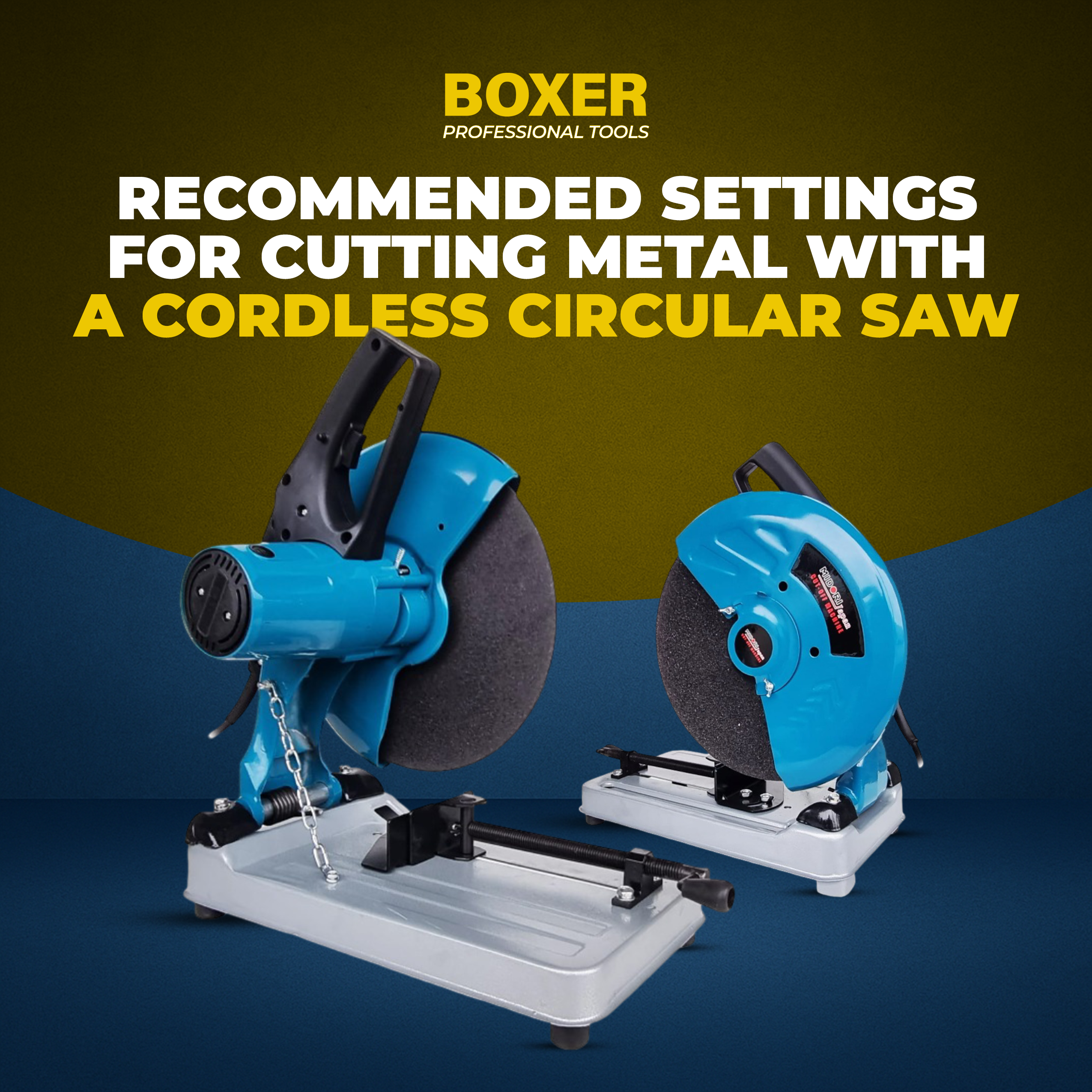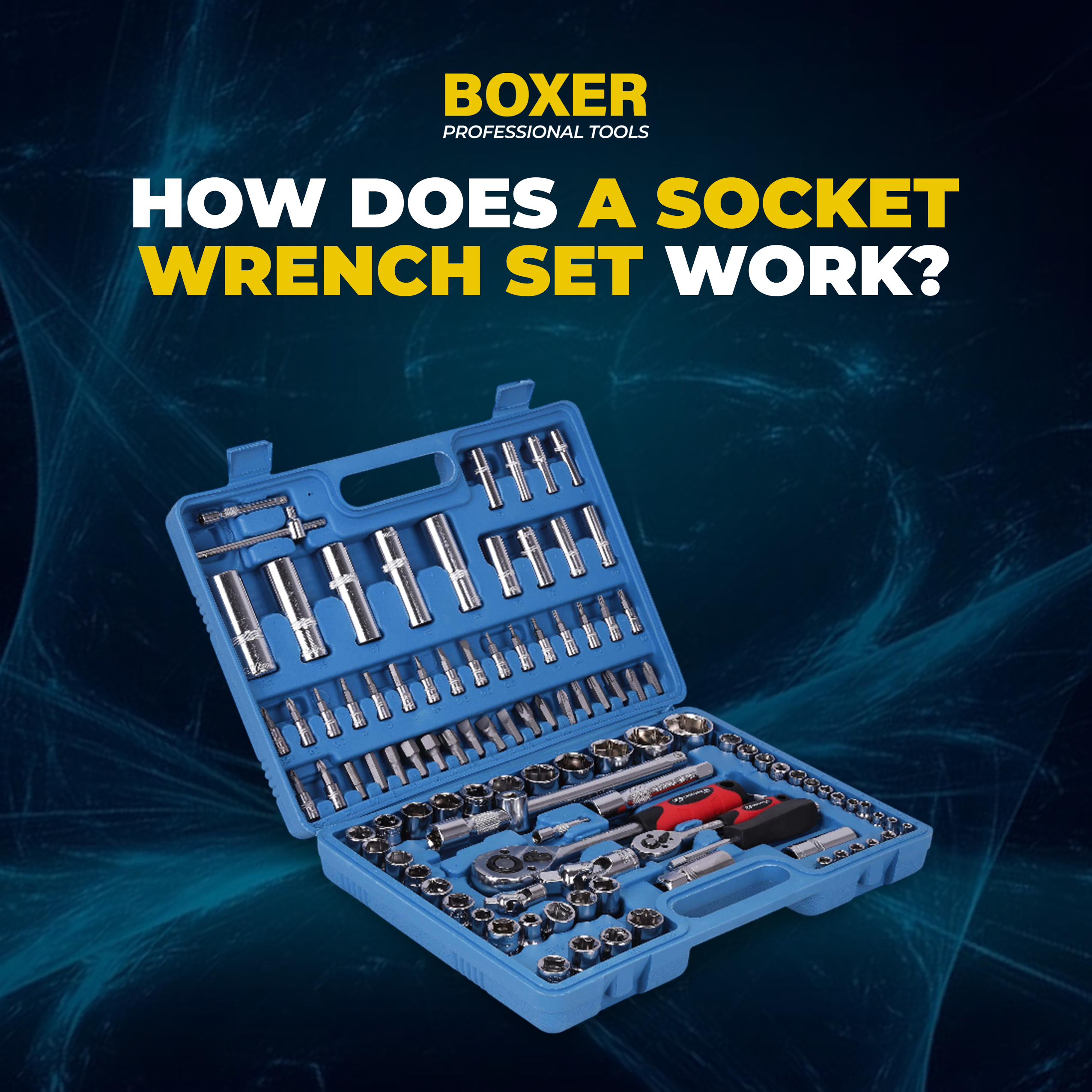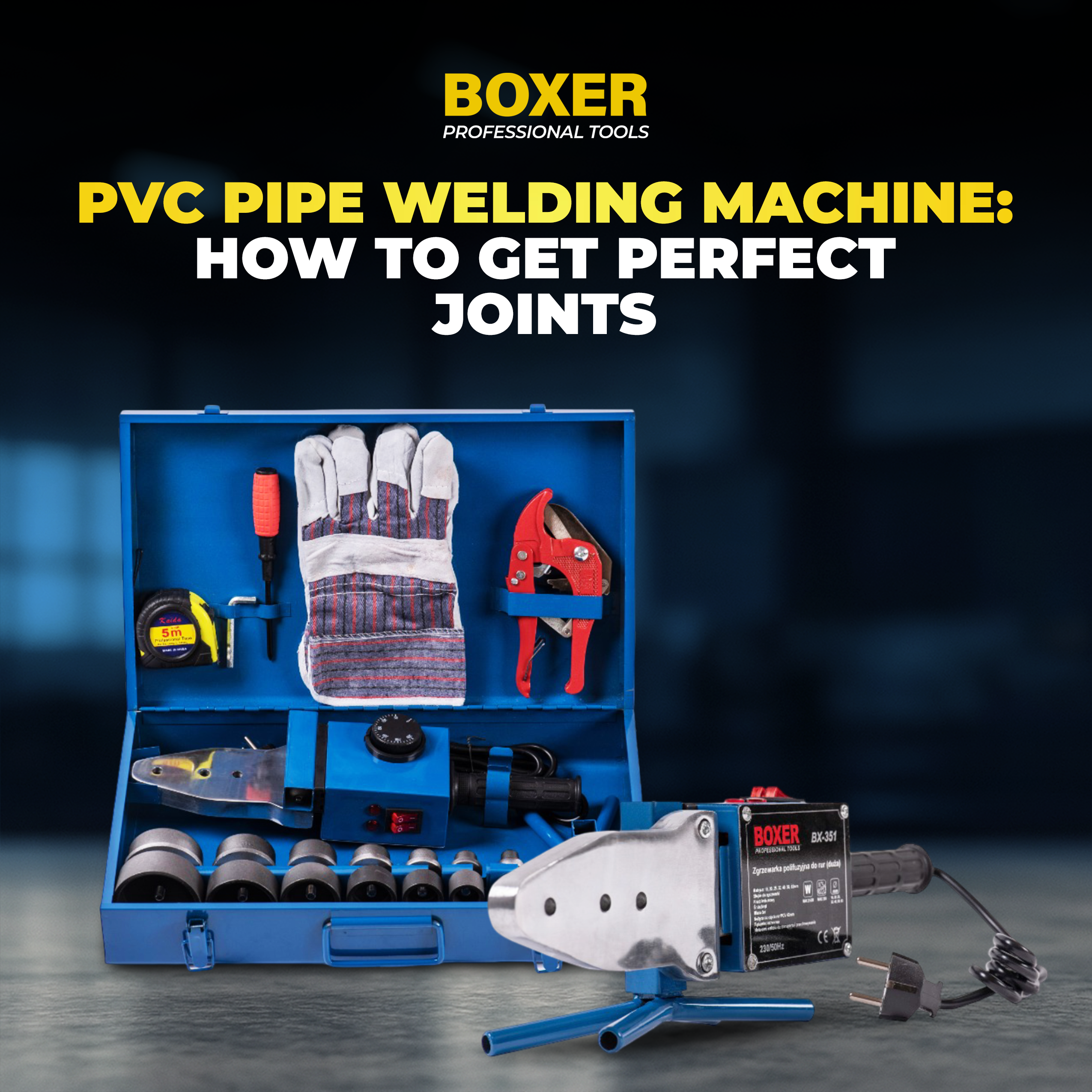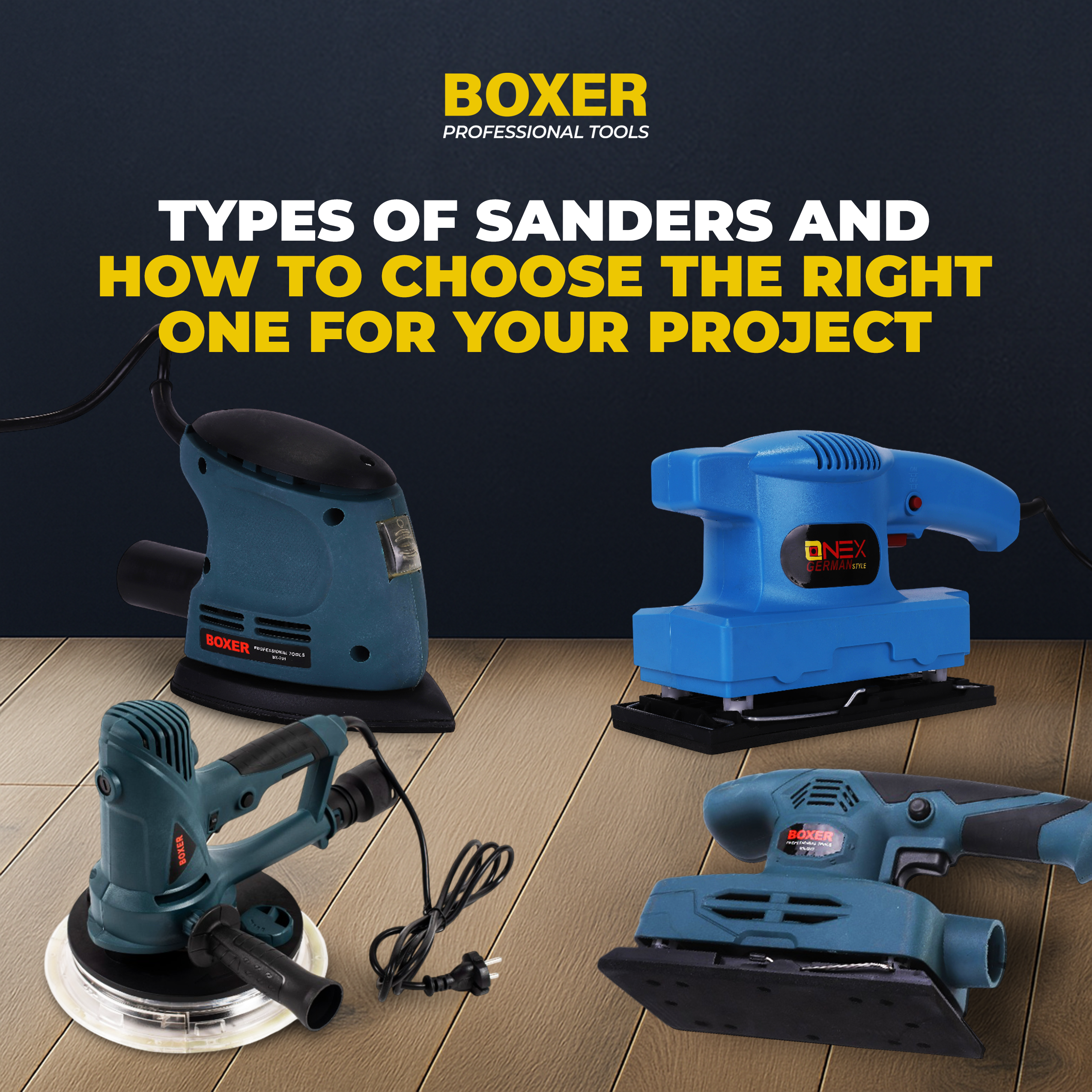
Inverter Welding Machine: What You Need to Know
In the world of welding, inverter welding machines have emerged as a game-changer. They are lighter, more energy-efficient, and offer superior arc control compared to their traditional counterparts. Whether you're a seasoned welder or a DIY enthusiast, understanding inverter welding machines can open up a world of possibilities for your projects.
What is an Inverter Welding Machine?
An inverter welding machine is a type of welding power supply that utilizes advanced electronic technology to convert incoming AC power into a high-frequency AC current. This high-frequency current is then rectified and filtered to produce a stable DC output suitable for welding.
The core of an inverter welding machine lies in its inverter circuit, which employs power transistors and a transformer to generate the desired output. This process allows for precise control of welding parameters, resulting in improved arc stability, reduced spatter, and cleaner welds.
Advantages of Inverter Welding Machines
- Portability: Inverter welding machines are significantly lighter and more compact than traditional transformer-based machines. This makes them easy to transport and ideal for on-site jobs or for hobbyists with limited workspace.
- Energy Efficiency: Inverters are highly energy-efficient, consuming less power than traditional machines. This translates to lower operating costs and reduced environmental impact.
- Arc Stability: The advanced electronic control in inverter machines ensures a stable arc, even with variations in input voltage or electrode manipulation. This results in smoother welds with fewer defects.
- Versatility: Inverter welding machines can handle a wide range of welding processes, including Stick (SMAW), TIG (GTAW), and MIG (GMAW). Some models even offer multi-process capabilities, allowing you to switch between different welding techniques seamlessly.
- Ease of Use: Inverter machines often feature user-friendly interfaces with digital displays and intuitive controls. This makes them accessible to both beginners and experienced welders.
Types of Inverter Welding Machines
1. Stick Welding Machines (SMAW)
These are the most common and versatile type of inverter welding machine. They are suitable for a wide range of materials and thicknesses and are relatively easy to learn.
2. TIG Welding Machines (GTAW)
TIG welding is known for producing high-quality, clean welds. Inverter TIG machines offer precise control over heat input and arc characteristics, making them ideal for applications where aesthetics and precision are crucial.
3. MIG Welding Machines (GMAW)
MIG welding is a fast and efficient process often used in industrial settings. Inverter MIG machines provide a smooth and stable arc, allowing for high deposition rates and reduced spatter.
Choosing the Right Inverter Welding Machine
When selecting an inverter welding machine, consider the following factors:
- Welding Process: Determine the primary welding process you'll be using and choose a machine specifically designed for that process.
- Amperage Range: The amperage range determines the thickness of materials you can weld. Choose a machine with an amperage range suitable for your intended applications.
- Duty Cycle: The duty cycle indicates the amount of time a machine can operate at a given amperage before needing to cool down. A higher duty cycle allows for longer continuous welding sessions.
- Features: Consider additional features such as digital displays, pre-set welding parameters, hot start, arc force control, and anti-stick functions. These features can enhance your welding experience and improve weld quality.
- Portability: If you plan to move your machine frequently, consider a lightweight and compact model.
- Budget: Set a budget and look for a machine that offers the best value for your money.
Safety Considerations
Welding can be a hazardous activity if proper safety precautions are not followed. Always wear appropriate protective gear, including welding gloves, helmet, jacket, and respiratory protection. Ensure adequate ventilation in your workspace and be aware of potential fire hazards.
Maintenance Tips
To ensure the longevity and optimal performance of your inverter welding machine, follow these maintenance tips:
- Keep the machine clean and free of dust and debris.
- Inspect and replace worn cables and connectors regularly.
- Store the machine in a dry and protected location.
- Follow the manufacturer's recommended maintenance schedule.
Inverter welding machines have revolutionized the welding industry, offering a range of benefits over traditional machines. Their portability, energy efficiency, and superior arc control make them a valuable asset for both professionals and hobbyists.
By understanding the different types of inverter welding machines and choosing the right one for your needs, you can elevate your welding projects to new heights. Always prioritize safety and follow proper maintenance practices to ensure a long and productive life for your machine.
At Boxer Tools, we offer a wide selection of high-quality inverter welding machines to suit every need and budget. Our knowledgeable staff can help you find the perfect machine for your specific requirements and provide expert advice on welding techniques and safety.
Inverter Welding Machine FAQs
1. What is the difference between an inverter welding machine and a traditional transformer-based machine?
An inverter welding machine utilizes advanced electronic technology to convert incoming AC power into a high-frequency AC current, which is then rectified and filtered to produce a stable DC output. Traditional transformer-based machines rely on a heavy transformer to step down the incoming voltage, resulting in a bulkier and less energy-efficient design.
2. Can I use an inverter welding machine for both Stick and TIG welding?
Yes, many inverter welding machines offer multi-process capabilities, allowing you to switch between different welding processes, including Stick (SMAW) and TIG (GTAW). However, it's important to choose a machine specifically designed for multi-process use and ensure it has the necessary features and accessories for each process.
3. What is the duty cycle of an inverter welding machine?
The duty cycle indicates the amount of time a machine can operate at a given amperage before needing to cool down. It is expressed as a percentage, with a higher percentage indicating a longer continuous welding time. For example, a machine with a 60% duty cycle at 200 amps can operate continuously for 6 minutes out of every 10 minutes at that amperage.
4. How do I choose the right amperage range for my inverter welding machine?
The amperage range determines the thickness of materials you can weld. Choose a machine with an amperage range suitable for your intended applications. If you plan to weld thin materials, a lower amperage range will suffice. For thicker materials, you'll need a machine with a higher amperage range.
5. What safety precautions should I take when using an inverter welding machine?
Always wear appropriate protective gear, including welding gloves, helmet, jacket, and respiratory protection. Ensure adequate ventilation in your workspace and be aware of potential fire hazards. Never touch the electrode or workpiece while the machine is on.
Remember:
- Always consult the manufacturer's instructions for specific information about your inverter welding machine.
- Invest in quality equipment and accessories to ensure optimal performance and safety.
- Practice proper welding techniques and seek professional training if needed.
- By following these tips and staying informed, you can make the most of your inverter welding machine and achieve excellent results in your welding projects.
Inverter Welding Machine: The Future of Welding
Inverter welding machines have undoubtedly transformed the welding landscape. Their compact size, energy efficiency, and superior arc control have made them a preferred choice for professionals and hobbyists alike.
As technology continues to advance, we can expect even more innovative features and capabilities in future inverter welding machines. From improved user interfaces to enhanced automation, these machines will continue to push the boundaries of what's possible in welding.
Whether you're a seasoned welder or just starting, investing in an inverter welding machine can open up a world of possibilities for your projects. With their versatility, ease of use, and exceptional performance, inverter welding machines are truly the future of welding.
Copyright © 2026 Boxertools | Powered By Orance Media Group








